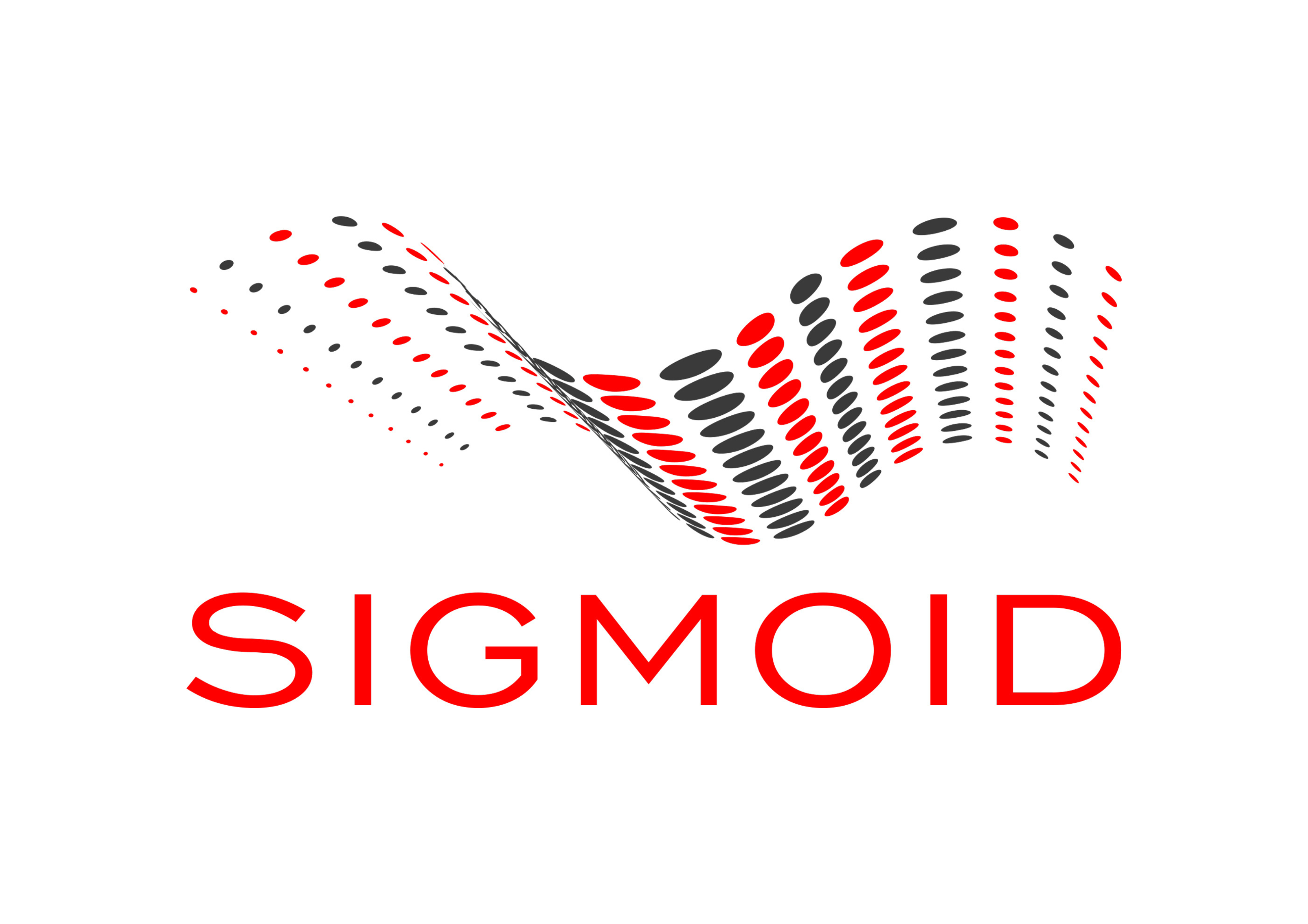
Sigmoid
View Brand PublisherHow data mesh can transform data into dollars in revenue
In the changing data landscape, data mesh is gaining traction for handling proliferation of data sources and diversity of use cases and data users, with agility. This decentralised approach empowers organisations to unlock data's full potential, enabling informed decisions across domains.
As companies continue to digitalise key areas of their business, they collect more and more data about their internal operations and their customers. Consequently, they want to use this data to drive fact-based decision-making for competitive advantage. Recognising data as a highly valuable asset, companies must continually seek out and implement innovative strategies to fully harness its potential.
Data monetisation, the process of using company-generated data to create a measurable economic benefit, is a strategic imperative for businesses of all sizes. Capitalising on data monetisation requires prioritising three key elements – scalable data architecture and infrastructure, efficient data management, and seamless data democratisation.
Why companies need a data mesh
Despite significant investments in data management and advanced technologies, organisations face a fundamental problem: ensuring easy access to data for informed decision-making. The challenge arises from centralised organisational structure.
Centralised data teams often struggle to meet growing data demands, leading to delays in insights, hindering AI/ML innovation, and impeding efficient data monetisation. A recent Forrester report revealed that a whopping 60% of organizations grapple with scaling their data operations to meet their business' evolving needs. A data mesh decentralizes data ownership by transferring the responsibility from the central IT team to the business units that create and consume data.
Sigmoid, a firm with more than a decade of experience in providing data engineering and AI solutions to large enterprises globally, is noticing a shift in how enterprises are implementing domain-oriented decentralized data ownership and application of product thinking to data assets.
“Business leaders have struggled to manage competing priorities between easily sharing their data across the enterprise and controlling how it's used everywhere. Legacy architecture has been unable to address this in the past. Now data and IT leaders can engage in modern architecture to support agile development of data products while enabling data democratisation through a mesh architecture,” said Mayur Rustagi, CTO and Co-founder at .
Transition towards modern data architectures
Shifting from core processes raises important questions. Prior to embarking on this journey, it is crucial to evaluate existing data architecture for potential gaps. Here are some thought-starters to initiate your evaluation:

Using data mesh as a means to achieve data monetisation
Data monetisation requires democratising data, which starts with transforming data into consumable products that are accessible to everyone across the organisation in real-time. Just like any successful product, these data products must fulfill specific needs of data consumers. One of the most significant shifts brought about by data mesh is the realignment of responsibility for data. This approach breaks down data silos, and leads to the creation of customised assets that deliver actionable insights.
“Data mesh promotes decentralised data architectures for assigning complete data ownership to domain users. This allows them to create valuable data products shared easily across the enterprise, driving data-driven decision-making,” Rustagi explained.
According to Gartner, by 2026, 80% of organisations will deploy multiple data hubs as part of their data fabric to drive mission-critical data and analytics sharing and governance.
Embracing the 'Data-as-a-Product' paradigm
The 'Data-as-a-Product' principle of data mesh emphasizes the design of data assets as products tailored for downstream functional domains or users. These data products are created by applying product management techniques to data. Case in point: A leading fintech company wanted to build a digital platform by monetising their proprietary data that could be offered as a new service to its clients. Sigmoid enabled development of plug-and-play data products powered by a lean and config-driven data mesh architecture that ensured rapid integration with client systems while adhering to regulatory requirements. This allowed the fintech firm to speed up new customer onboarding by 90%, and deliver 1.6x faster data-driven insights while creating new revenue streams.
Likewise, a Fortune 500 food manufacturer was experiencing stockouts resulting in lost sales across retail outlets and restaurants due to gaps in the supply chain. Sigmoid’s data mesh architecture allowed interaction between multiple supply chain data hubs for consumption by planning, procurement, product delivery, business operations and analytics teams. The decentralized approach to data access and unified visualization of KPIs led to 40% increase in on-time product delivery instances, while reducing inventory costs by 15%.
Data mesh: Gain value from data at scale
The data mesh approach isn't just theoretical – it has yielded remarkable results in real-world scenarios. And that's why organisations are embracing data mesh to extract the fullest value from their data resources. It strengthens an organisation’s digital transformation efforts and enables successful data monetisation by overcoming limitations of traditional data management approaches. With data mesh, the path to data-driven success has never been clearer.







